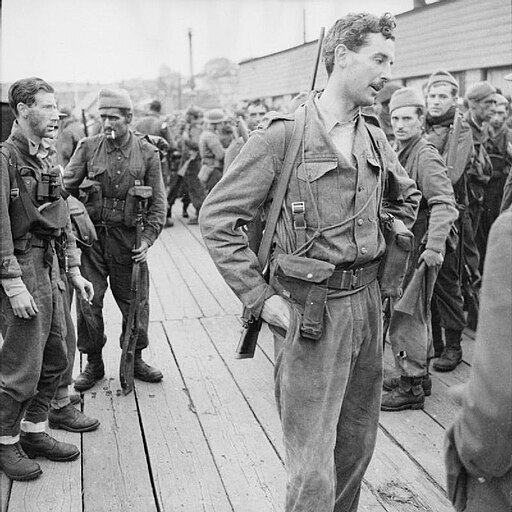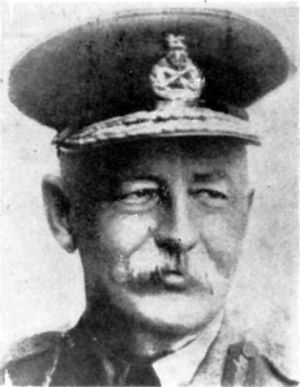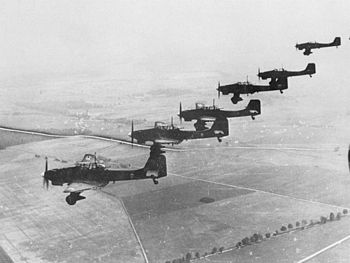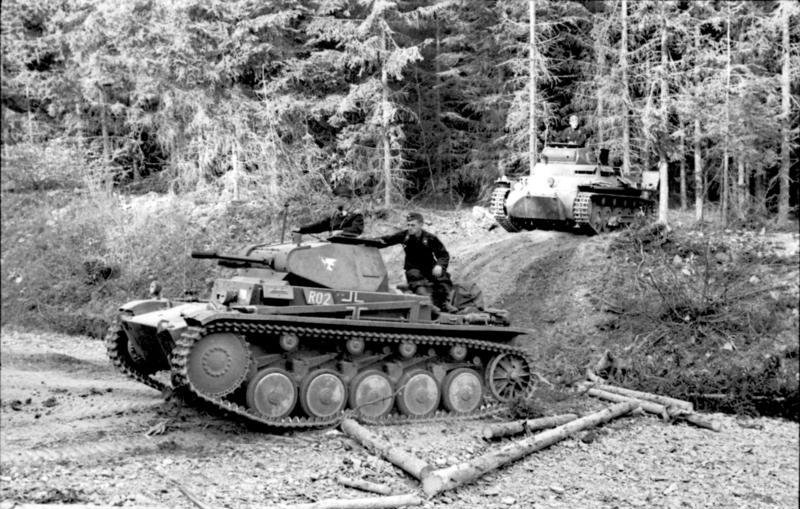This was the first time I have read a prisoner of war story involving Germans as the POWs, apart from having read the official history of British Intelligence in WW2 (which only dealt with the captured German spies). I have, however read lots about the prisoners of the Germans.
It was interesting that security in British camps seems to have been quite lax. Despite many apparently successful German breakouts there is only one well known instance of a German POW making a home run. This book comes across as having been well researched where it comes to its primary subject matter, although there is quite a lot of preamble with a summary of how WW2 went which is not as well researched as the main subject. This lets it down for those well versed in WW2 history.
Once the preamble is done there is a specific history of the camp in Devizes that is obviously the author’s initial exposure to the story that he decided to write about. There is a lot of original research included where the author has spoken to locals about the camp before researching it in the national archives. The story follows the efforts of the British authorities to keep control in the last year of the war when prisoner numbers increased dramatically.
The German POWs were graded according to their sympathies to the Nazis, the believers being black, the anti-Nazis being white and the majority Grey. The camps were initially mixed, and the Nazis outnumbered the anti-nazis. This meant that the camps were run by the Nazis and had a hostile tone for those Germans that had worked out how the war was going to end.
After a riot in Devizes a number of the POWs were transferred to a camp in Scotland. When they got there some of the hardliners decided that some of their fellow POWs weren’t ardent enough Nazis. This came to a head with the lynching of a German prisoner who was accused of collaboration with the British.







































